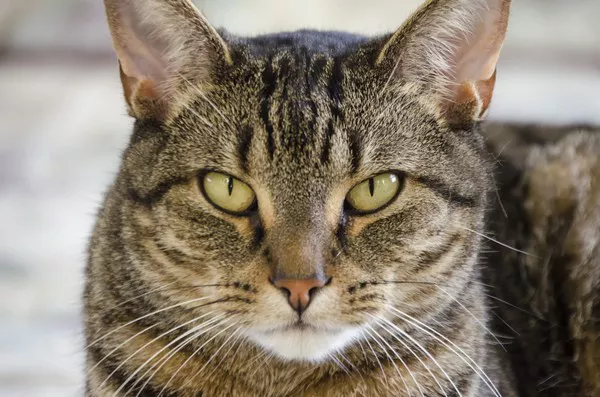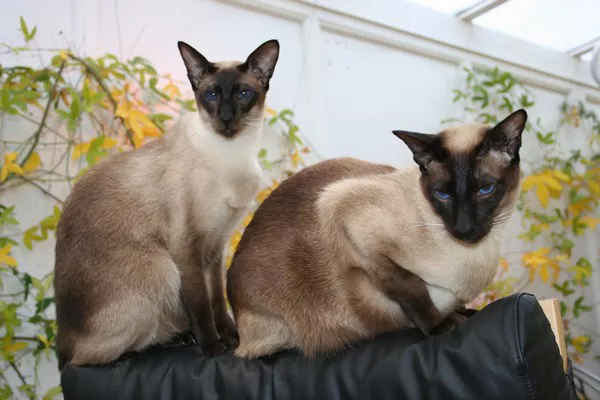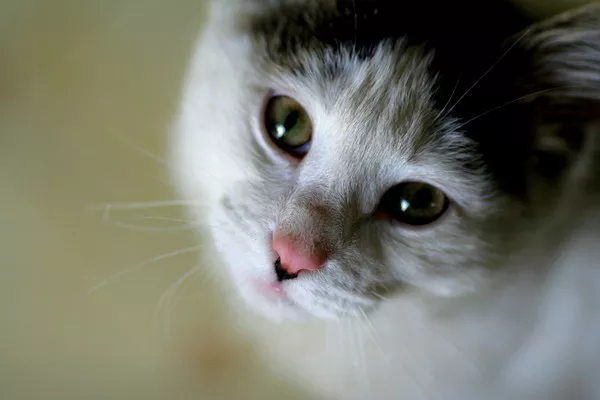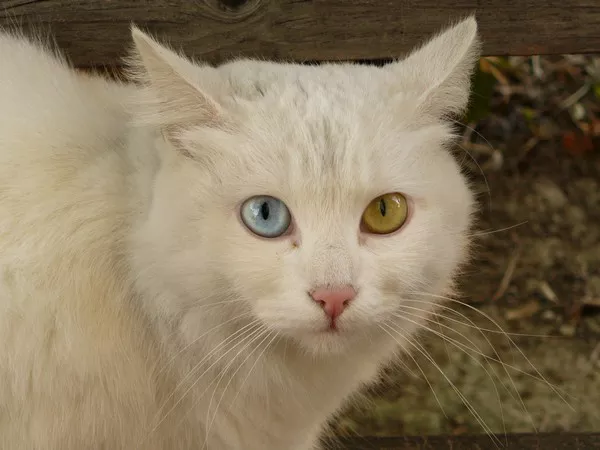In the bustling world of pet food, where options for our furry companions seem endless, a significant disparity has emerged between offerings for dogs and those for cats. While the market is flooded with an abundance of nutritional products catering to canines, the same cannot be said for our feline friends. This discrepancy has sparked the attention of both industry insiders and discerning consumers, prompting a closer examination of the cat-centric category.
Rachit Shadra, a devoted cat parent, recognized this glaring gap in the market and took action. Co-founding The Better Cat, a Berlin-based company dedicated to cat-centric healthcare and nutrition, Shadra aimed to address the lack of tailored products for cats.
“Our journey began with the realization that many cat parents struggle to find nutrition and care products tailored to their feline companions,” Shadra explained. “This dissatisfaction prompted us to delve deeper into the cat food market, which we discovered to be sizable and rapidly growing, particularly in major European economies.”
Aided by extensive research, Shadra and his team identified a fundamental issue underlying feline pickiness: a dearth of innovation in cat food. While numerous products cater to canine needs, few prioritize the unique dietary requirements and preferences of cats. The dominance of dog-centric offerings in key markets such as the United States and the United Kingdom further exacerbates this disparity, leaving many cat owners feeling underserved.
Global Demand and Market Dynamics
Despite the disparity in product offerings, the demand for cat-centric nutritional products is on the rise, driven by a surge in cat ownership worldwide. According to the European Pet Food Industry Federation’s (FEDIAF) Facts & Figures 2022 report, Europe boasts a cat population of 127.2 million, with approximately 26% of households owning at least one cat. This trend is particularly pronounced among younger generations, who are increasingly opting for smaller pets suitable for urban living.
In Spain, while dogs remain the most populous pet, the sales of cat food products experienced notable growth in 2022. Dry cat food sales rose by 16.6%, wet cat food by 17.6%, and cat snacks by a staggering 25.7%. This surge in demand underscores the untapped potential of the cat-centric market, signaling an opportunity for industry players to expand their offerings.
Across the Atlantic, a similar shift is underway in the United States, where cat ownership is on the rise. According to research from Packaged Facts, while dog-owning households experienced a decline from 42% to 38% between 2018 and 2022, cat-owning households saw a modest 1% increase during the same period. This shift in ownership dynamics has heightened awareness of the disparity in pet food offerings, with many cat owners feeling that their feline companions are treated as second-class citizens in the industry.
Emerging Players and Product Innovations
In response to growing demand, a wave of cat-centric companies has emerged, aiming to fill the void in the market with innovative and tailored solutions for feline nutrition. One such company is The Better Cat, which launched in 2022 with a focus on preventive health and holistic nutrition for cats.
“Our approach centers on incorporating natural ingredients and supplements into our recipes to address common health concerns faced by cats,” Shadra explained. “Unlike traditional offerings, which often adopt a reactive approach to health issues, we prioritize preventive care to support cats’ overall well-being.”
The Better Cat’s product range includes dry cat foods, wet diets, freeze-dried treats, and essential supplies, all formulated with high-quality proteins, superfoods, and functional ingredients. The company’s commitment to innovation extends to its forthcoming line of functional cat treats, targeting key health areas such as mobility, immune function, and skin and coat health.
Joining The Better Cat in the quest to revolutionize feline nutrition are companies such as Made by Nacho, Smalls, Ten Lives, and KatKin, each offering unique approaches to addressing the specific needs and preferences of cats.
Navigating Feline Sensory Systems
Creating products that appeal to cats’ discerning palates poses a unique challenge for manufacturers, given the intricacies of feline sensory systems. According to Nancy Rawson, Ph.D., from the Monell Chemical Senses Center, cats’ sensory preferences differ significantly from those of dogs, making formulation a complex endeavor.
“Cats’ sensory systems are finely tuned to detect subtle differences in taste, texture, and aroma,” Rawson explained. “Unlike dogs, which are relatively indiscriminate eaters, cats exhibit a more discerning approach to food, often favoring specific flavors and textures.”
Understanding these nuances is critical for formulators seeking to develop products that resonate with feline consumers. From taste preferences to texture preferences, every aspect of a cat’s sensory experience must be carefully considered to ensure product acceptance and satisfaction.
Challenges and Considerations
While the demand for cat-centric products continues to grow, manufacturers face several challenges in meeting the evolving needs of feline consumers. Ingredient selection, supply chain management, and sustainability concerns are among the key considerations shaping product development in the cat-centric category.
“Formulators must navigate a host of challenges, from identifying suitable ingredients to ensuring product safety and sustainability,” said Dan Su, DVM, a board-certified veterinary nutritionist. “Unlike dogs, which have more flexible dietary requirements, cats have specific nutritional needs that must be met to maintain optimal health.”
Among the notable challenges is the sourcing of phosphorus, a crucial nutrient for feline health. While phosphorus is essential for cats, not all sources are created equal, and improper formulation can lead to adverse health effects. Formulators must strike a delicate balance between meeting cats’ nutritional needs and mitigating potential risks associated with ingredient selection.
Conclusion
As the demand for cat-centric products continues to soar, manufacturers face both opportunities and challenges in meeting the evolving needs of feline consumers. By prioritizing innovation, research, and a deep understanding of cats’ unique dietary requirements and preferences, industry players can capitalize on this burgeoning market and revolutionize feline nutrition for years to come.



























